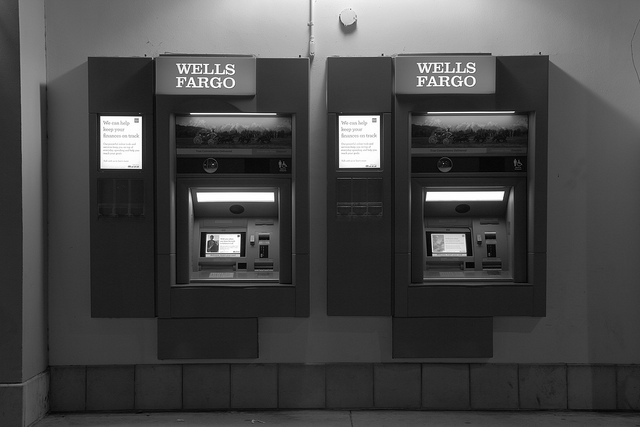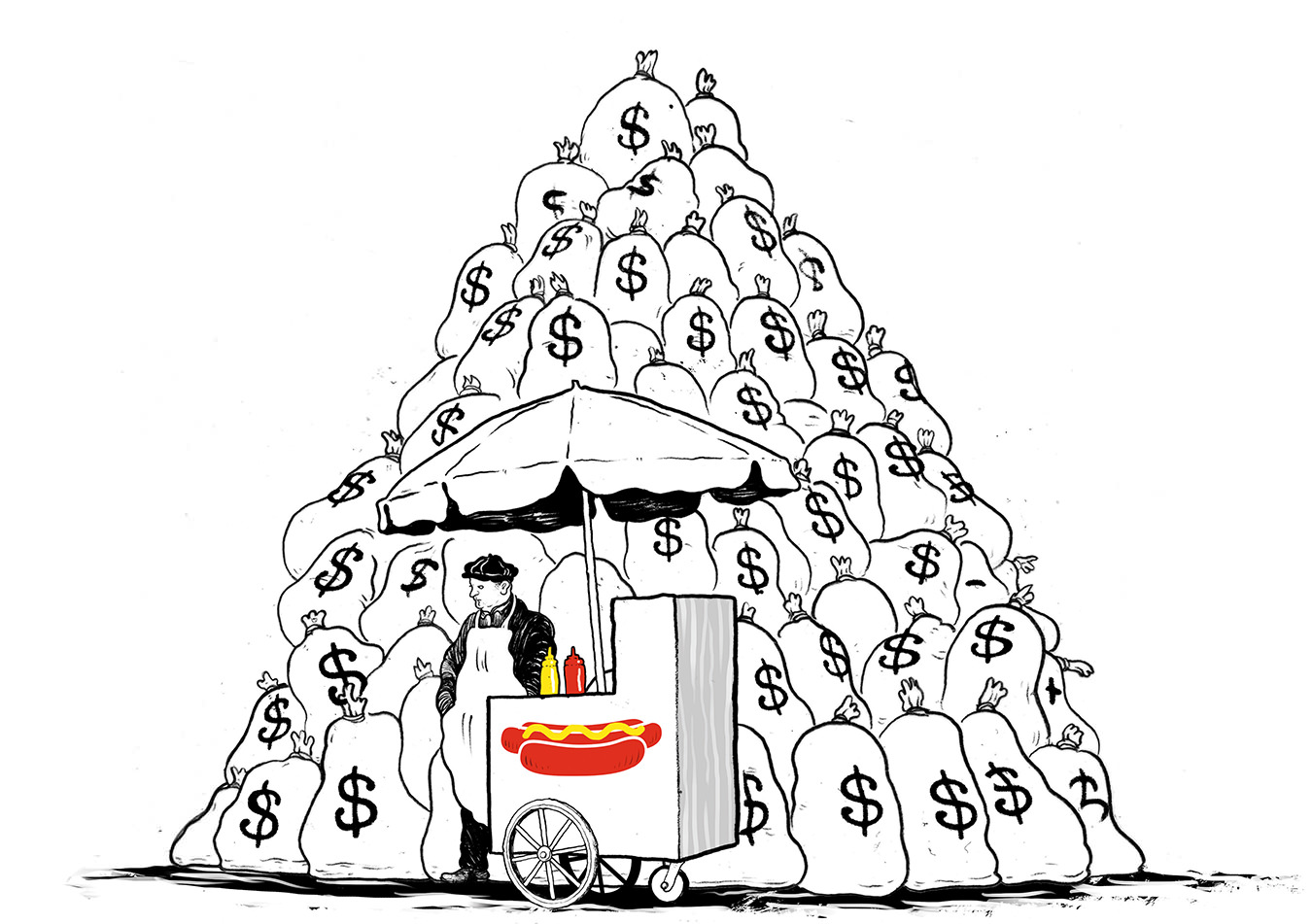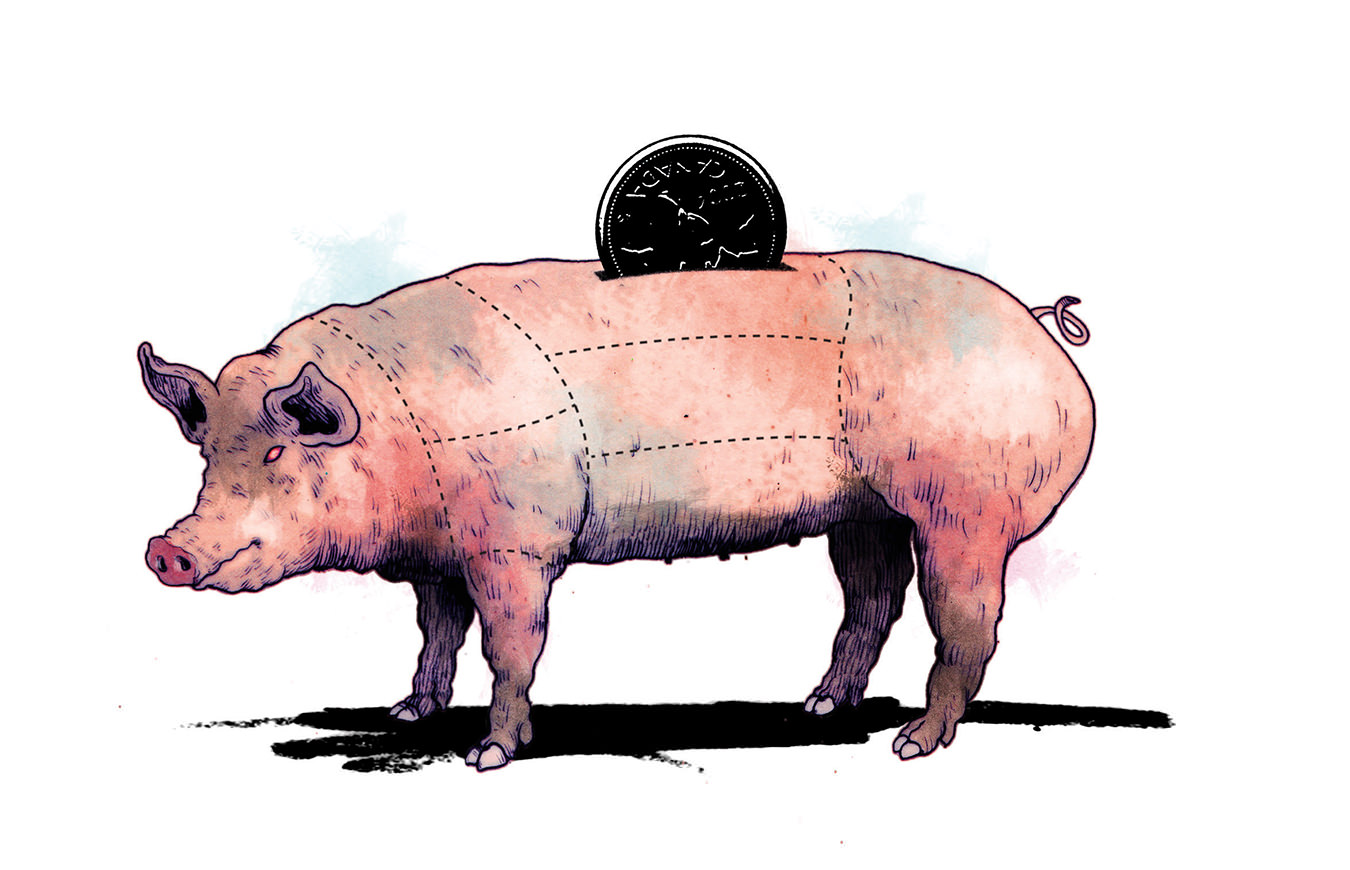Wells Fargo: Good Bank, Gone Bad
Phony account, real clients.

They were supposed to be the good guys: the ones who wore white hats along with their pinstriped suits. Throughout its 164-year history, United States banking giant Wells Fargo has survived because it did the little things right—first among them, thinking of its customers as human beings rather than as easy marks. In 2008, while more than a few American banks went to the great ATM in the sky, Wells sailed through, relying on old-fashioned retail banking to build a brand that was the antithesis of whatever high-flying buying-and-selling was happening over there on Wall Street.
Say goodbye to all of that. Revelations of a greedy, Glengarry Glen Ross meets Boiler Room sales culture has recast Wells in a more villainous role. Over the past five years, its employees created over 1.5 million phony deposit accounts and over 550,000 fake credit card accounts without their customers’ consent. To add insult to injury, many of those fake accounts were charged fees for insufficient funds. Not only have such actions left a stain on the bank’s brand, they have resulted in a fine of $185-million (U.S.) and about 5,300 staff members seeking new employment.
Over the past five years, its employees created over 1.5 million phony deposit accounts and over 550,000 fake credit card accounts without their customers’ consent.
Why open accounts for people who don’t want them? Simple: survival. Employees who sold more services to existing clients received fatter bonus cheques, moved faster and higher up the corporate ladder, and had a job when they came back to the office on Monday. Those who didn’t—well, don’t let the door hit you on the way out. Instead of leaving such a sink-or-swim culture, a good many Wells employees seem to have shrugged their shoulders and decided that fraudulent business—using fabricated email addresses to set up fake security passwords to open phony bank and credit-card accounts—paid better than real business.
Atonement for such sins will surely make a bit of a dent in the bank’s quarterly statement. But the biggest debit on the balance sheet might be in the reputation column. Trust was always Wells Fargo’s biggest asset and now that it’s gone, Wells is no different from any other bank.
Banditry in the banking industry—we’ve seen this movie before. Still, the paradoxically small (individual customers) and large scale (thousands of employees, including managers) sets this rip-off apart. For Wells shareholders, the hit to the bottom line will be temporary. For the rest of us, the overdraft will take a lot longer to pay back.
Photo by John Loo via Flickr.
_________
Never miss a story. Sign up for NUVO’s weekly newsletter.




